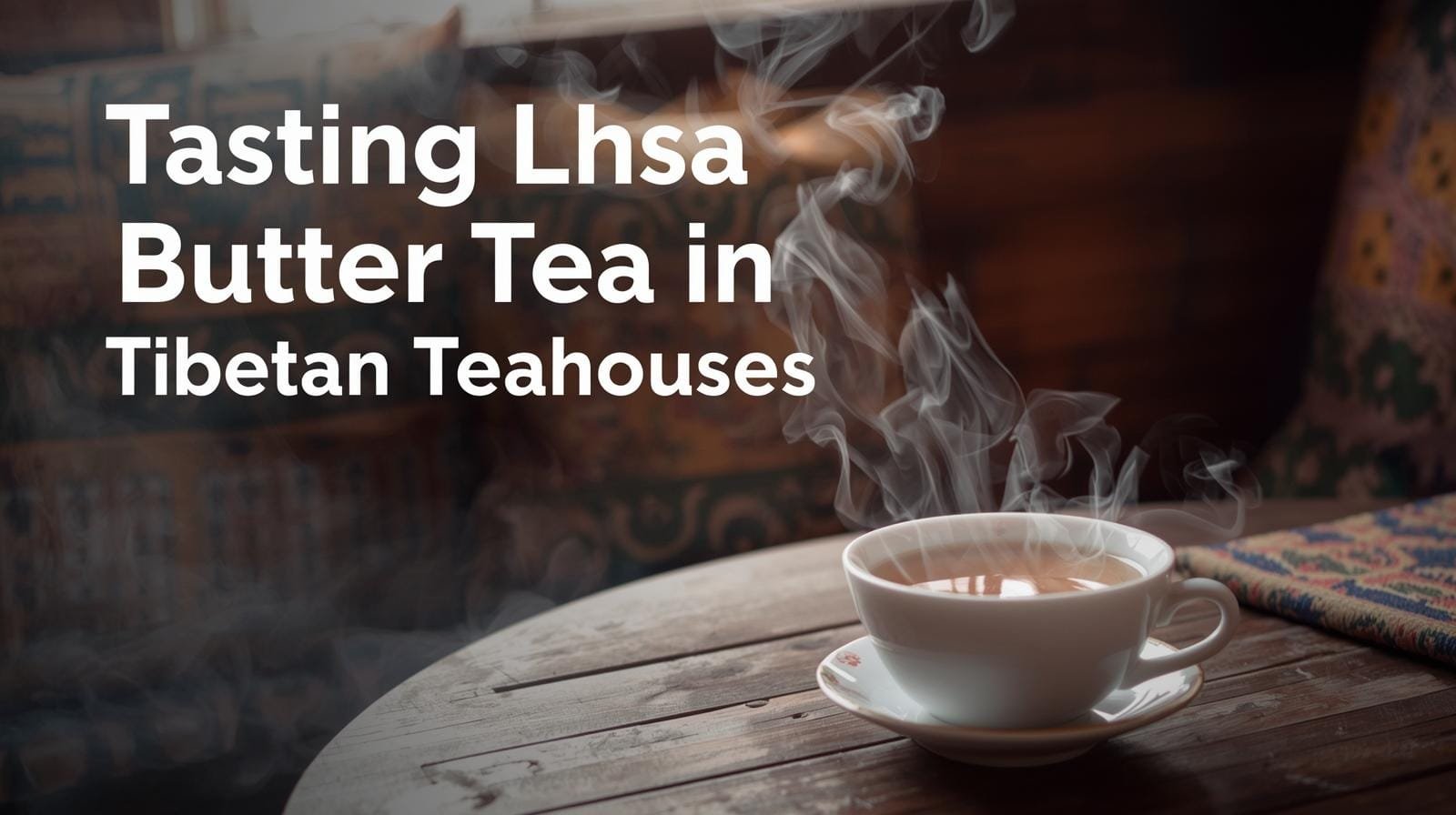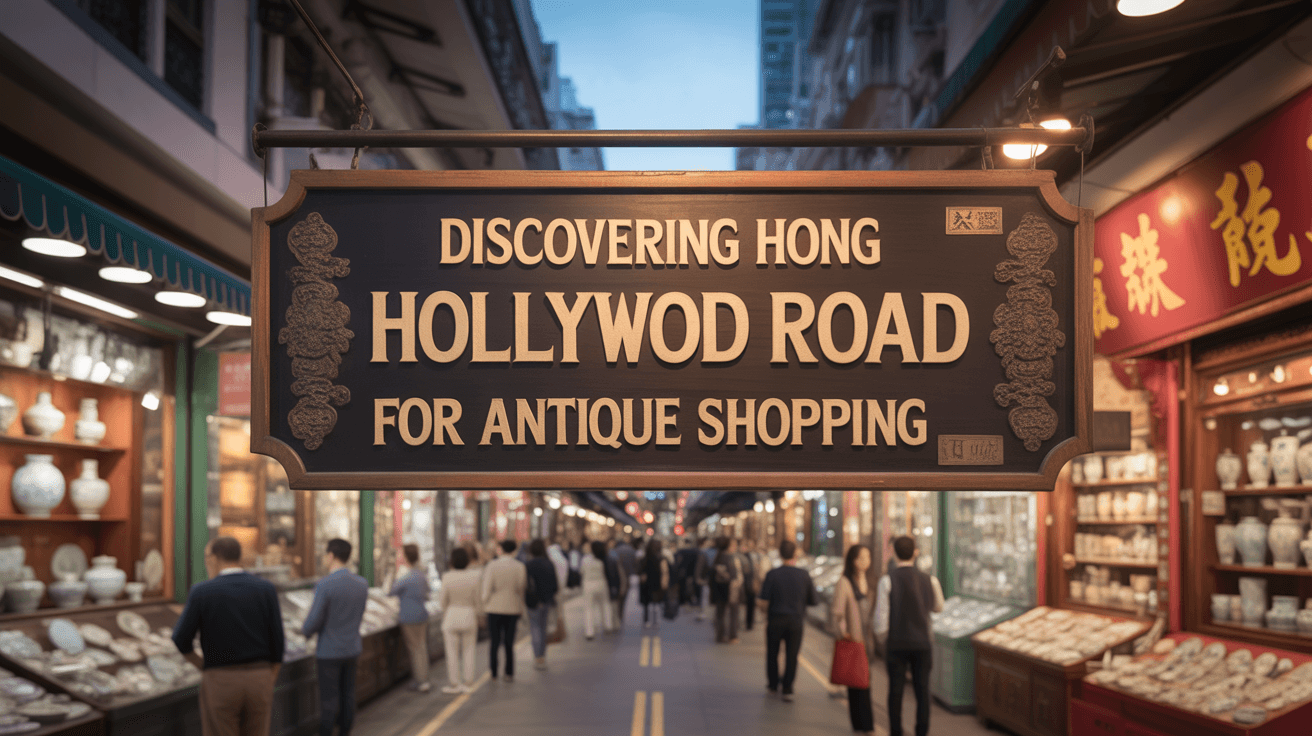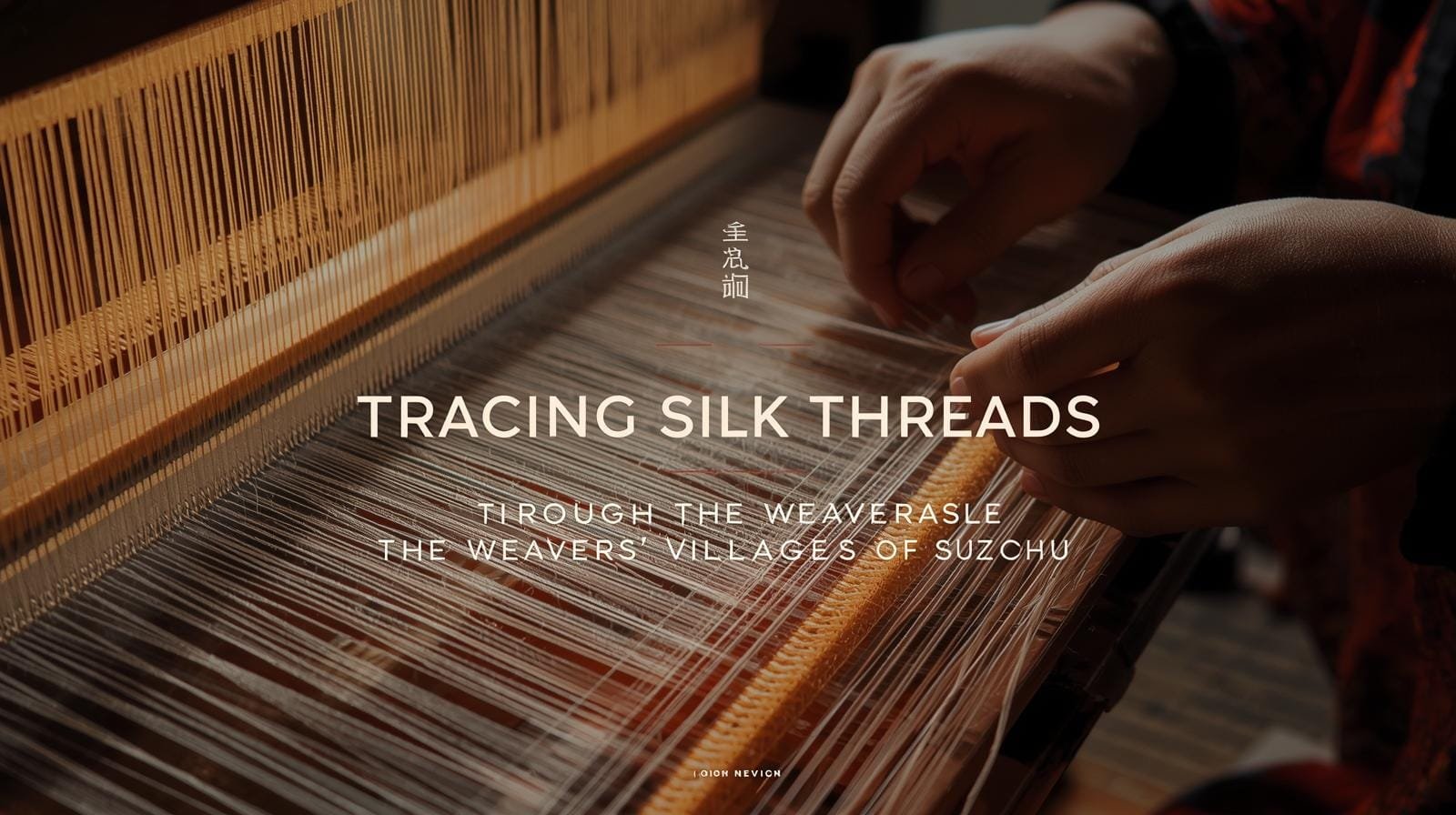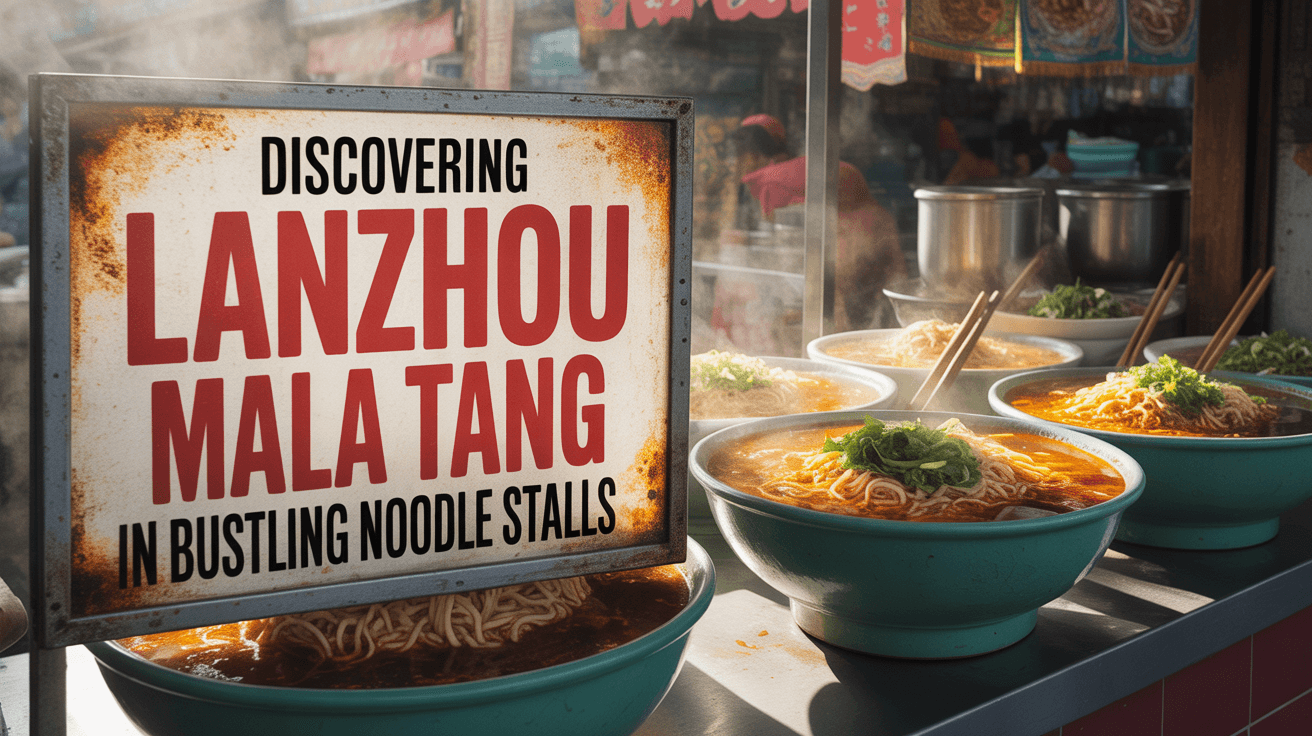Tasting Lhasa Butter Tea in Cozy Tibetan Teahouses
As you embark on your China travel guide adventure, few experiences capture the essence of Tibetan culture quite like sipping Lhasa Butter Tea in the warm embrace of a traditional teahouse. This iconic beverage, known as “po cha,” is more than just a drink—it’s a cornerstone of China famous foods that has nourished generations on the high Tibetan Plateau. Here at jusha.travel, we love sharing tips to make your China culinary experiences unforgettable, and tasting Butter Tea Lhasa style is a must for any traveler seeking authentic Lhasa travel tips. Whether you’re acclimating to the city’s 3,650-meter altitude or simply soaking in the communal vibe, these cozy spots offer a window into daily Tibetan life. In this post, we’ll explore the history, preparation, and best places to enjoy this savory elixir, blending cultural insights with practical advice to enhance your journey.
The Ancient Art of Butter Tea Preparation
Delving into the world of Lhasa Butter Tea reveals a time-honored ritual that speaks volumes about Tibetan resourcefulness. Originating over 1,000 years ago, this beverage was born from the need to combat the harsh, high-altitude winters of the plateau. Made primarily from tea leaves, yak butter, water, and a pinch of salt, it’s a calorie-rich concoction that provides essential warmth and energy. For travelers curious about China culinary experiences, understanding its preparation is key to appreciating its depth.
The process begins with sourcing yak butter, a staple in Tibetan nomadic life. Traditionally, yak milk is heated and churned in wooden barrels using a pumping motion with a stick—sometimes hundreds of times—until the golden fat separates. This butter is then cooled and stored, ready for tea-making. The tea base comes from pu-erh or brick tea, boiled for hours until it turns a deep, reddish-brown hue. The strained liquid is poured into a tall cylinder (called a “chandong”) along with chunks of yak butter and salt, then vigorously shaken or churned until it emulsifies into a thick, soup-like texture. In modern settings, blenders might speed things up, but the result remains the same: a creamy, slightly oily drink that’s sipped from wooden or ceramic bowls using the mouth directly, without stirring.
In Lhasa’s monasteries, like the renowned Ganden Monastery, preparation takes on a spiritual dimension. Monks recite prayers over massive cauldrons filled with kilograms of butter and tea bricks, and a gong signals completion. This isn’t just sustenance; it’s a meditative practice. If you’re planning your itinerary, pair this with other regional culinary delights across China to broaden your palate. For a deeper dive into Tibetan traditions, it’s fascinating how this drink ties into broader China famous foods, sustaining pilgrims on their journeys much like dumplings do in the east.
Lhasa’s Historic Teahouse Culture: Hubs of Community and Tradition
Stepping into a Lhasa teahouse feels like entering the soul of the city. These aren’t your typical cafes; they’re vibrant social centers where locals gather to chat, share news, and unwind. Amid the aroma of brewing tea and the murmur of conversations, you’ll find Butter Tea Lhasa flowing freely, fostering connections that span generations. As part of your China travel guide, visiting these spots offers invaluable Lhasa travel tips: they’re perfect for people-watching and resting after exploring landmarks like the Potala Palace.
Teahouses buzz from dawn till dusk, serving as news hubs where stories of new yak calves or family weddings unfold. The honor-based payment system adds to the charm—patrons place small bills (like 1 or 5 yuan) on their tables, and servers top up cups while collecting as they go. This trust-based etiquette reflects Tibetan hospitality, encouraging visitors to linger for hours. You’ll see monks spinning prayer wheels between sips, blending spirituality with everyday life. The vessels matter too: simple ceramic pots for most, while wealthier patrons use ornate copper ones, hinting at subtle social nuances.
For a cultural twist, many teahouses pair butter tea with tsampa (roasted barley flour) stirred in for a heartier meal. This communal vibe aligns with broader China culinary experiences, much like street food stalls in other regions. If you’re budgeting your trip, check out our family budget guide to afford more such immersive moments without breaking the bank.
Must-Visit Teahouses: Where to Savor Authentic Lhasa Butter Tea
Lhasa boasts a treasure trove of teahouses, each with its own flavor—literally and figuratively. For an authentic taste of Lhasa Butter Tea, head to spots frequented by locals rather than tourist traps. These venues not only serve the brew but also noodles and desserts, turning a simple visit into a full China famous foods exploration.
Start with Luo Qu Sweet Tea House, a beloved local gem offering both butter and sweet tea varieties. At just 5 RMB for a small pot, it’s budget-friendly and brims with hospitality. Nearby, Shan Dong Sweet Tea House captivates with its cave location near the Potala Palace—imagine dim light dancing on stone walls as you sip amid pilgrims post-prayer. For a quieter escape, try Ni Ma Tea House, a no-frills spot with genuine Tibetan noodles and desserts that let you blend in seamlessly.
These teahouses are ideal for Lhasa travel tips: arrive mid-morning for the liveliest atmosphere, and don’t hesitate to strike up chats—locals are welcoming. To complement your tea adventure, consider nearby coastal dining experiences in other parts of China for a contrast in flavors.
Butter Tea vs. Sweet Tea: Navigating Flavors and Etiquette
As you settle into a teahouse, you’ll face a choice: the savory punch of Butter Tea Lhasa or the milder sweet tea (ja ma cha). Butter tea’s salty, buttery profile—reminiscent of a rich broth—can be an acquired taste, providing hydration, fats for energy, and salt for electrolytes in the thin air. It’s essential for high-altitude survival, often mixed with tsampa for a meal. Sweet tea, blending black tea with milk and sugar, eases newcomers into the scene.
Etiquette enhances the experience: sip slowly from the bowl’s rim, don’t stir, and accept refills graciously—refusing might signal rudeness. Teahouses embody a slow-paced life; linger, observe, and respect privacy during prayers. Photography is fine with discretion. This ritual underscores China culinary experiences, where food fosters bonds. For more on souvenirs that capture such moments, see our guide to unique Chinese keepsakes.
Health Benefits and Practical Tips for Your Teahouse Visit
Beyond flavor, Lhasa Butter Tea packs health perks tailored to Tibet’s extremes. Its fats deliver sustained energy, while tea’s antioxidants aid acclimatization—crucial at Lhasa’s elevation. Salt balances electrolytes, preventing altitude sickness symptoms. Culturally, it’s a symbol of hospitality and spirituality, integral to Buddhist rituals.
Practical Lhasa travel tips: Carry small yuan notes for payments, visit off-peak to avoid crowds, and start with sweet tea if butter tea overwhelms. Hydrate well, as tea’s warmth helps adjustment. For active travelers, combine with cycling routes for a dynamic itinerary. Explore tech-savvy aspects too, like apps for navigating Lhasa, in our coastal tech guide.
In conclusion, tasting Lhasa Butter Tea in cozy teahouses is a profound way to connect with Tibetan heritage, enriching your China travel guide with authentic China culinary experiences. From its nourishing preparation to the communal warmth of these hubs, it captures the heart of the plateau. Here at jusha.travel, we’re passionate about guiding you through such gems—whether it’s China famous foods or hidden trails. Ready for your own teahouse adventure? Share your thoughts in the comments below, explore more on Guangdong delights, or visit jusha.travel for endless China inspiration!




